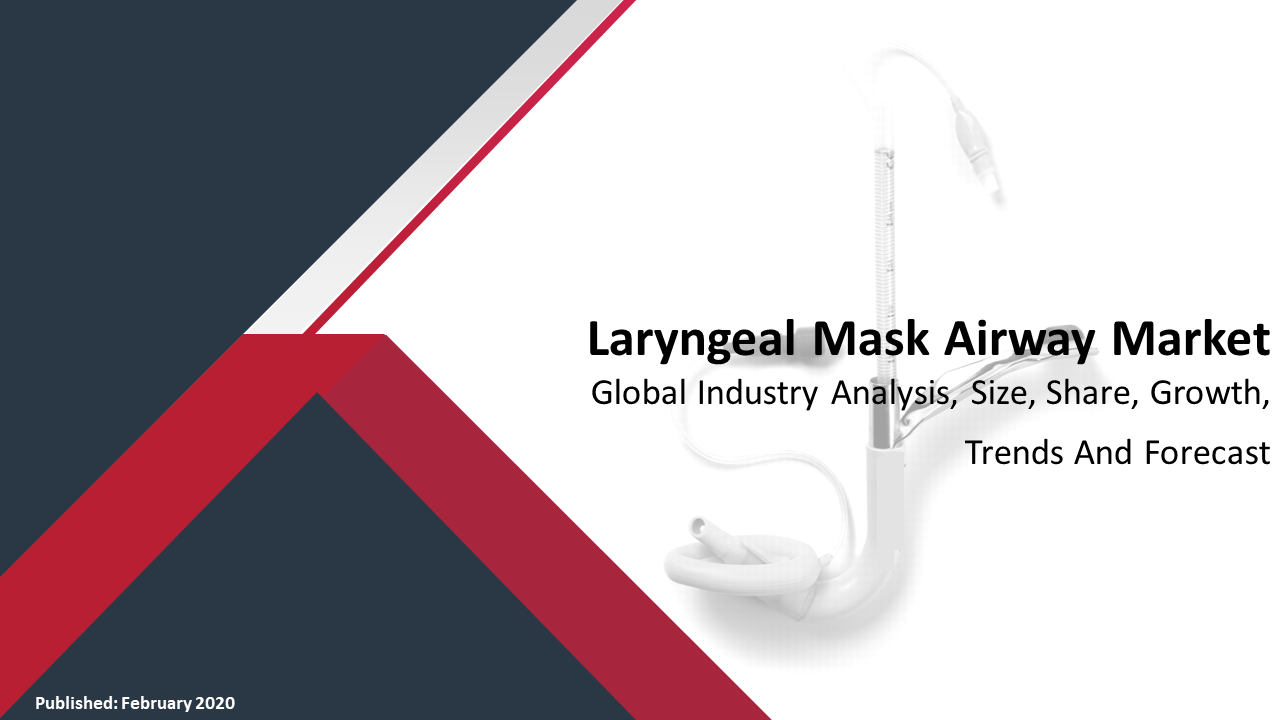The laboratory equipment market is estimated to register a robust CAGR during the forecast period, between 2021 and 2028. A variety of laboratory accessories are commonly used in the different types of labs, such as biomedical industries, chemistry labs, astronomy labs, ecology labs, or physics labs.
The COVID-19 pandemic obstructed the growth of the global laboratory accessories market owing to the growing lockdown measures in some countries, along with the lack of manual labor in production plants. However, the acceleration in vaccination drive can stimulate the market growth.

Market Trends, Drivers, Restraints, and Opportunities
- Improvement in the field of biological and chemical research is estimated to drive the market growth.
- The growing volume of life science research investigations and clinical laboratory tests is increasing the demand for laboratory disposable products, fueling the growth of the market.
- High cost of laboratory equipment can restrain the market growth.
- Technological advancements in laboratory equipment can spur the growth of the market.
Scope of Laboratory Equipment Market Report
The report on laboratory equipment market includes an assessment of the market, size, share, trends, segments, and regional markets. Overview and dynamics have been included in the report.
|
Attributes
|
Details
|
|
Report Title
|
Laboratory Equipment Market - Global Industry Analysis, Size, Share, Growth, Trends And Forecast
|
|
Base Year
|
2020
|
|
Historic Data
|
2018 & 2019
|
|
Forecast Period
|
2021–2028
|
|
Segmentation
|
Products (Equipment [Incubators, Laminar Flow Hood, Micro Manipulation Systems, Centrifuges, Lab Air Filtration Systems, Scopes, Sonicators & Homogenizers, Autoclaves & Sterilizers, Spectrophotometers & Microarray Equipment, and Others], and Disposables [Pipettes, Tips, Tubes, Cuvettes, Dishes, Gloves, Masks, Cell Imaging Consumables, and Cell Culture Consumables])
|
|
Regional Scope
|
Asia Pacific, North America, Europe, Latin America, and Middle East & Africa
|
|
Report Coverage
|
Market scope, analysis, share, competitive analysis, growth facts, restraints, opportunities, and revenue forecast
|
|
Key Players Covered in the Report
|
Agilent Technologies, Waters Corporation, Thermo Fisher Scientific, Inc., PerkinElmer, Inc., Danaher Corporation, Eppendorf, Pace Analytical Services, Inc., Becton, Dickinson, and Company, Bio-Rad Laboratories, Inc., and Siemens Healthineers.
|
Laboratory Equipment Market Segment Insights
Equipment segment is projected to hold significant market share
In the terms of products, the laboratory equipment market can be bifurcated into equipment and disposables. The equipment can be further divided into incubators, laminar flow hood, micro manipulation systems, centrifuges, lab air filtration system, scopes, sonicators & homogenizers, autoclaves & sterilizers, spectrophotometers & microarray equipment, and others. The disposables segment can be further sub-segmented into pipettes, tips, tubes, cuvettes, dishes, gloves, masks, cell imaging consumables, and cell culture consumables.
The equipment segment is projected to hold over 60% of the total market share in 2020. This is due to its high cost, which requires one-time installation. Experimental work, quality assurance, and process controls are carried out using instrumentation. This instrumentation makes it easy for researchers to get an overview of various categories. Performing a range of tests and experiments requires superior quality laboratory equipment that is used by scientific facilities such as research facilities, laboratories, and companies.
Quality, strength, and durability of the equipment are paramount to the success of these activities. Accurate results can also be generated and work efficiency is improved effectively. On the other hand, the disposables segment is estimated to grow at a steady rate in the coming years.

North America is expected to dominate the market
Based on regions, the laboratory equipment market can be classified as Asia Pacific, North America, Europe, Latin America, and the Middle East & Africa. North America is expected to dominate the market with approximately accounting for above 35% of the market share in 2020. This is due to presence of pharmaceutical and biopharmaceutical firms that are engaged in research and development. Additionally, government organizations are expected to promote market growth by increasing grants offered by entities, namely National Institutes of Health (NIH). During the forecast period, higher investments for research are anticipated to propel the market growth in the region.
One of the leading sectors in the region when it comes to funding research is the biopharmaceutical industry. The vast majority of companies concentrate on generating new leads and storing an enormous number of samples, in order to create demand for their products. As a result of the coronavirus outbreak, several companies are developing therapeutics and vaccines, which boosts the market growth in region.

Segments
By Products
- Equipment
-
- Incubators
- Laminar Flow Hood
- Micro Manipulation Systems
- Centrifuges
- Lab Air Filtration System
- Scopes
- Sonicators and Homogenizers
- Autoclaves and Sterilizers
- Spectrophotometers and Microarray Equipment
- Others
- Disposables
-
- Pipettes
- Tips
- Tubes
- Cuvettes
- Dishes
- Gloves
- Masks
- Cell Imaging Consumables
- Cell Culture Consumables
By Regions
- Asia Pacific
- North America
- Latin America
- Europe
- Middle East & Africa
By Key Players
- Agilent Technologies
- Waters Corporation
- Thermo Fisher Scientific, Inc.
- PerkinElmer, Inc.
- Danaher Corporation
- Eppendorf
- Pace Analytical Services, Inc.
- Becton
- Dickinson and Company
- Bio-Rad Laboratories, Inc.
- Siemens Healthineers
Competitive Landscape
Key players in the laboratory equipment market are Agilent Technologies, Waters Corporation, Thermo Fisher Scientific, Inc., PerkinElmer, Inc., Danaher Corporation, Eppendorf, Pace Analytical Services, Inc., Becton, Dickinson, and Company, Bio-Rad Laboratories, Inc., and Siemens Healthineers. These players engage in mergers & acquisitions, collaborations, agreements, and partnerships to strengthen their geographical presence.


























